Yingcong Xiang
EasiCS: the objective and fine-grained classification method of cervical spondylosis dysfunction
May 15, 2019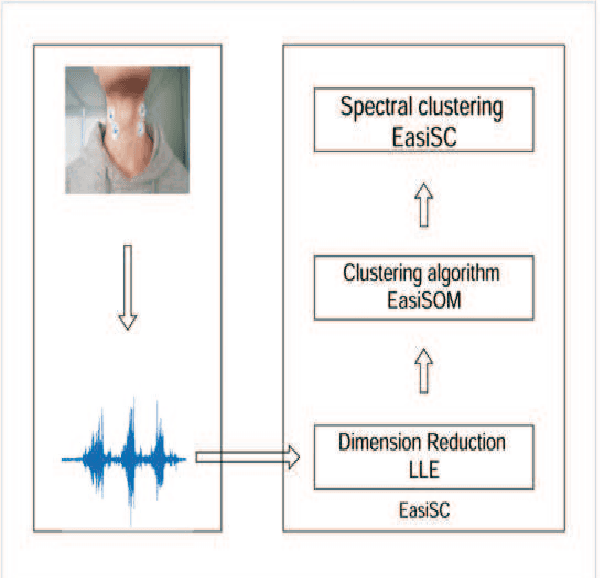
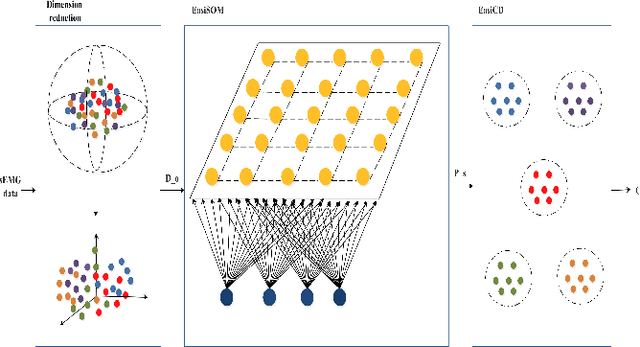
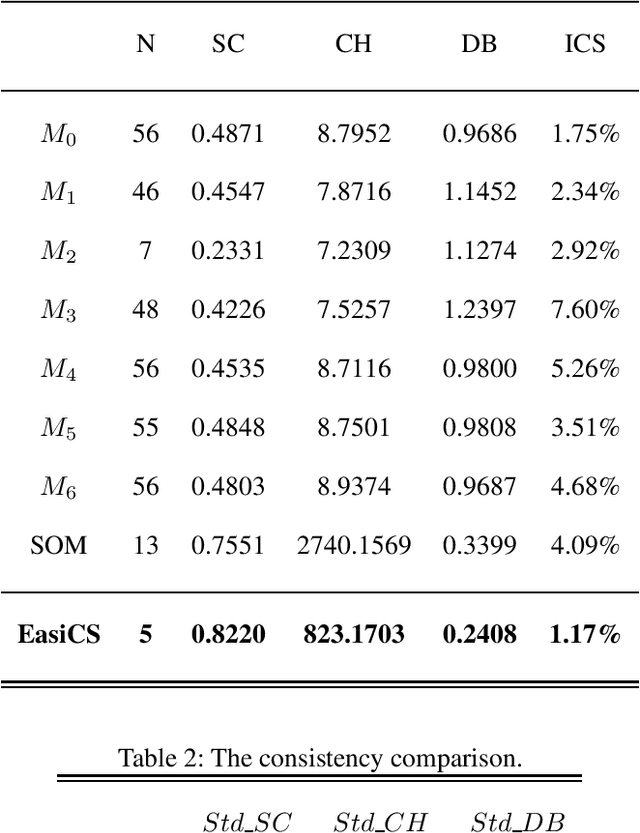
Abstract:The precise diagnosis is of great significance in developing precise treatment plans to restore neck function and reduce the burden posed by the cervical spondylosis (CS). However, the current available neck function assessment method are subjective and coarse-grained. In this paper, based on the relationship among CS, cervical structure, cervical vertebra function, and surface electromyography (sEMG), we seek to develop a clustering algorithms on the sEMG data set collected from the clinical environment and implement the division. We proposed and developed the framework EasiCS, which consists of dimension reduction, clustering algorithm EasiSOM, spectral clustering algorithm EasiSC. The EasiCS outperform the commonly used seven algorithms overall.
EasiCSDeep: A deep learning model for Cervical Spondylosis Identification using surface electromyography signal
Dec 12, 2018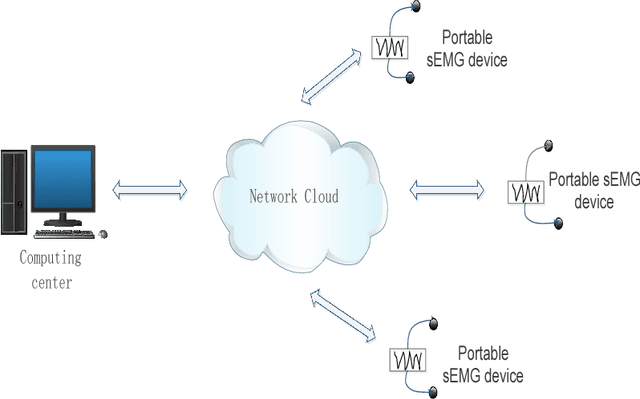
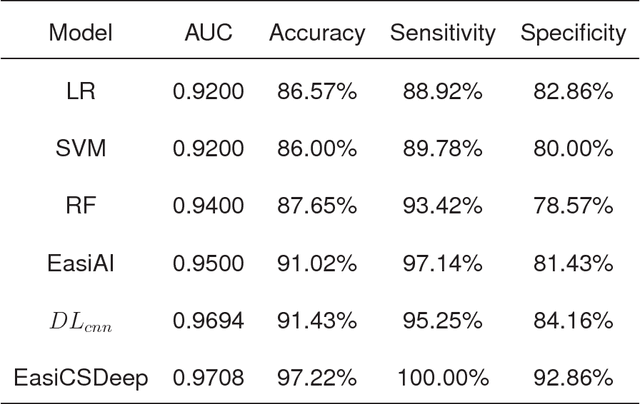
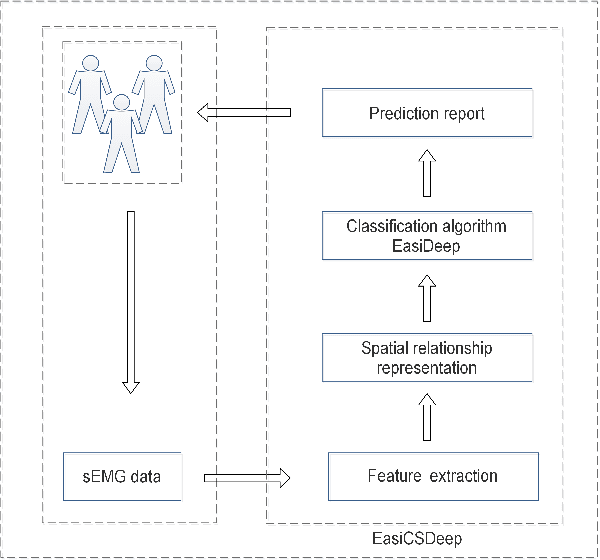
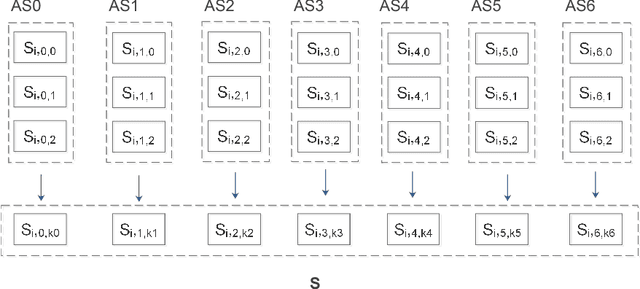
Abstract:Cervical spondylosis (CS) is a common chronic disease that affects up to two-thirds of the population and poses a serious burden on individuals and society. The early identification has significant value in improving cure rate and reducing costs. However, the pathology is complex, and the mild symptoms increase the difficulty of the diagnosis, especially in the early stage. Besides, the time-consuming and costliness of hospital medical service reduces the attention to the CS identification. Thus, a convenient, low-cost intelligent CS identification method is imperious demanded. In this paper, we present an intelligent method based on the deep learning to identify CS, using the surface electromyography (sEMG) signal. Faced with the complex, high dimensionality and weak usability of the sEMG signal, we proposed and developed a multi-channel EasiCSDeep algorithm based on the convolutional neural network, which consists of the feature extraction, spatial relationship representation and classification algorithm. To the best of our knowledge, this EasiCSDeep is the first effort to employ the deep learning and the sEMG data to identify CS. Compared with previous state-of-the-art algorithm, our algorithm achieves a significant improvement.
 Add to Chrome
Add to Chrome Add to Firefox
Add to Firefox Add to Edge
Add to Edge